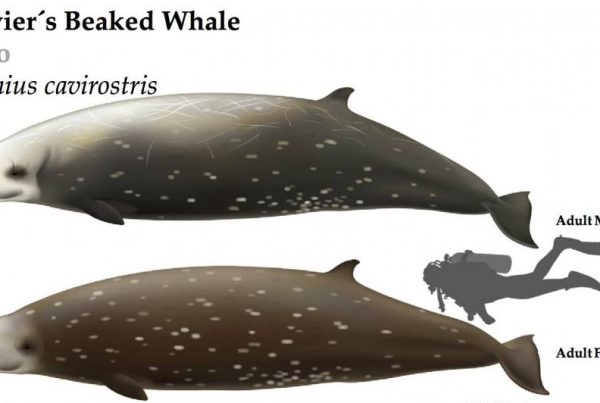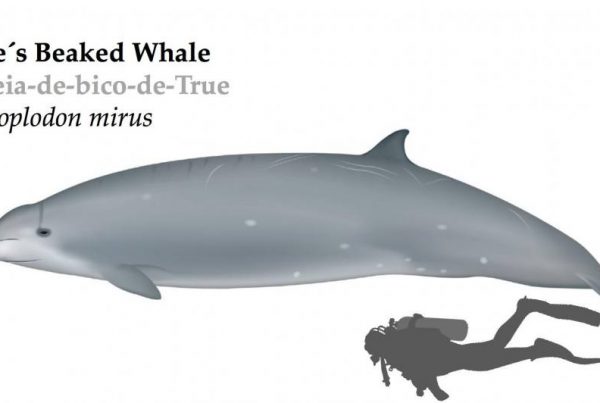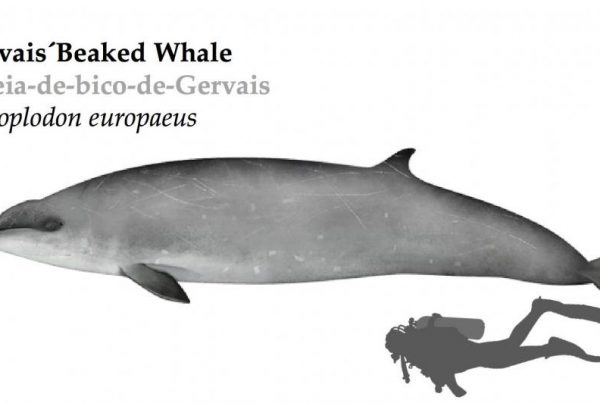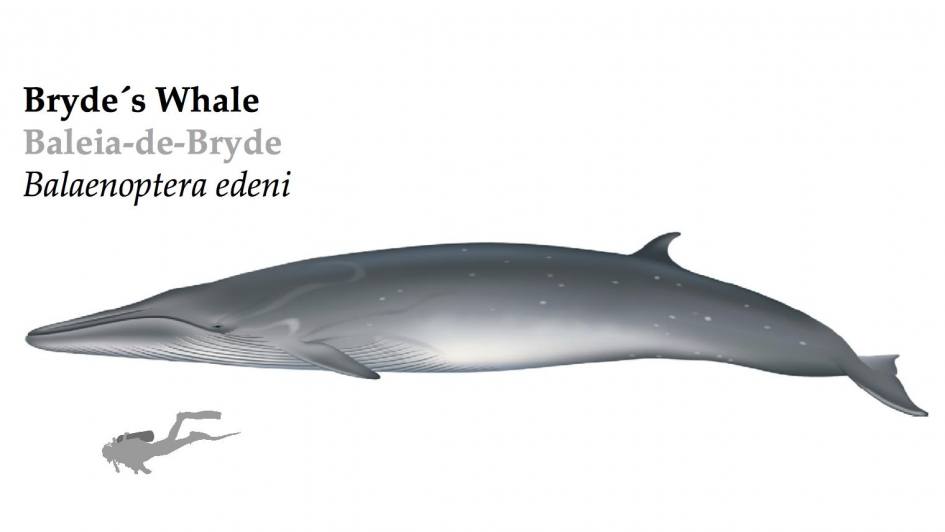
The Bryde’s Whale (Balaenoptera edeni) has also been named « Tropical Whale » because it is generally sighted in the tropics and temperate waters. The whale was named after Johan Bryde, a Norwegian whaler who built the first South Africa factory to process whales.
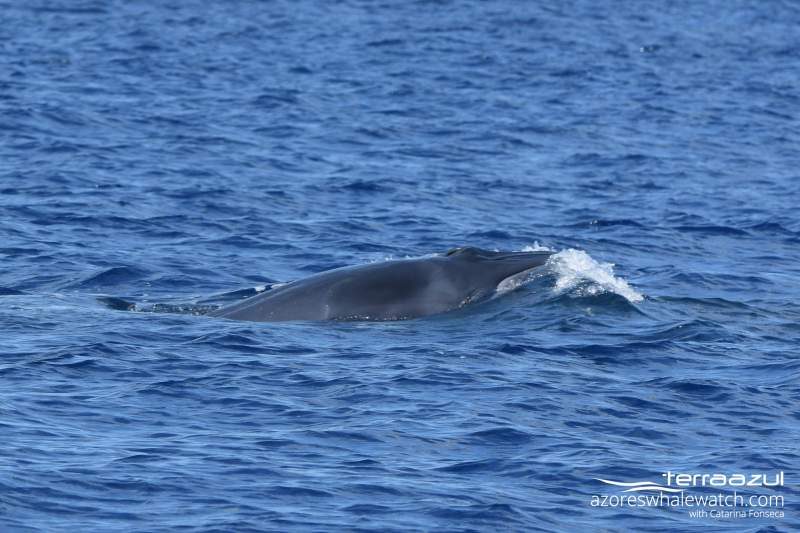
Bryde’s whale (Balaenoptera edeni) calf.
CHARACTERISTICS
- Latin name : Balaenoptera edeni
- Suborder : Mysticeti
- Family: Balaenopteridae
- Length : up to 14 meters
- Weight : up to 30 tons
- Dive time : up to 20 minutes
- Dive depth: up to 300 meters
- IUCN Status: Least concern
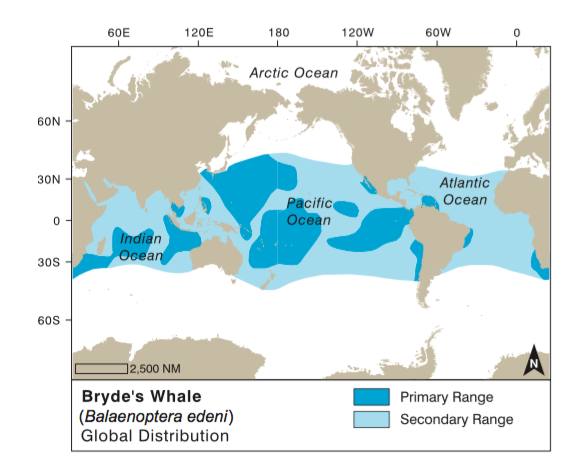
Worldwide distribution of Bryde’s Whale (Balaenoptera edeni). Encyclopedia of Marine Mammals IIIrd Ed. Bernd Würsig, I. G. M. Thewissen & KIT M. Kovacs
DESCRIPTION
Color: Bluish back. Both sides of the lower jaw are light colored.
Head: Three prominent longitudinal head ridges (picture below).
Fins: The dorsal fin is falciform and located two-thirds of the way back from the tip of the rostrum.
Baleen plates: Dark grey. From 250 to 365 plates on each side of the upper jaw.
Ventral grooves: 40 to 70 grooves that extend to the navel.
Blow: up to 4 meters.
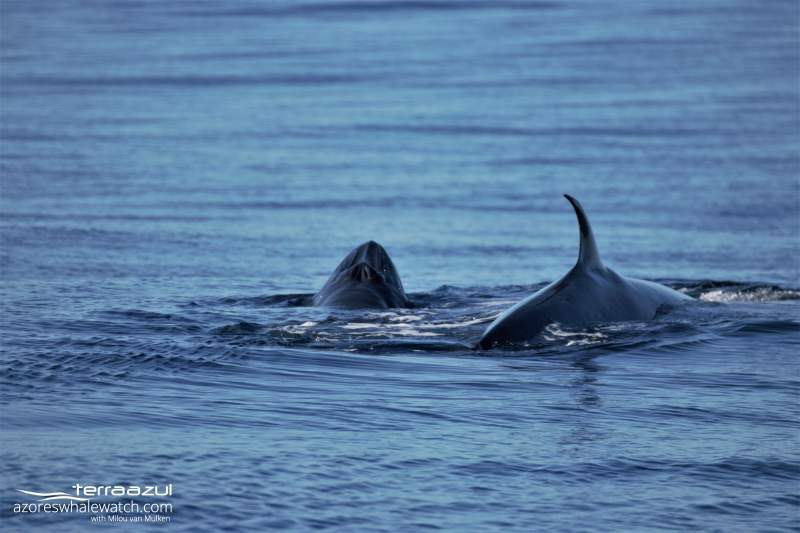
Mother and calf Bryde’s whale (Balaenoptera eden) where you can appreciate the 3 prominent longitudinal head ridges on the calf head.
LIFE HISTORY
DIET
Bryde’s Whales are considered opportunistic feeders targeting pelagic crustaceans and fish (e.g., herring, anchovies, mackerel), or cephalopods without a clear preference. It has been observed that the same individuals switch preys between years and feeding areas, probably following the stock abundance fluctuations.
REPRODUCTION
Sexual maturity is reached at around 8-13 years. Breeding and calving take place towards the end of Fall/beginning of Winter (for the Northern Hemisphere). Females give birth to calves every 2 years and the gestation lasts about 11-12 months. At birth, a new born measure around 3.5 meters.
SOCIAL BEHAVIOR
Bryde’s Whales can form groups of four to five individuals, although they are generally solitary animals. They can perform repeated breaches and they can swim as fast as 20-25 km/h with a cruise speed at around 7 km/h.
VOCAL BEHAVIOR
Bryde’s Whales produce powerful low-frequency moans around 124 to 250 Hertz. You can listen a Bryde’s Whale communicating in this recording collected by NOAA Fisheries.




